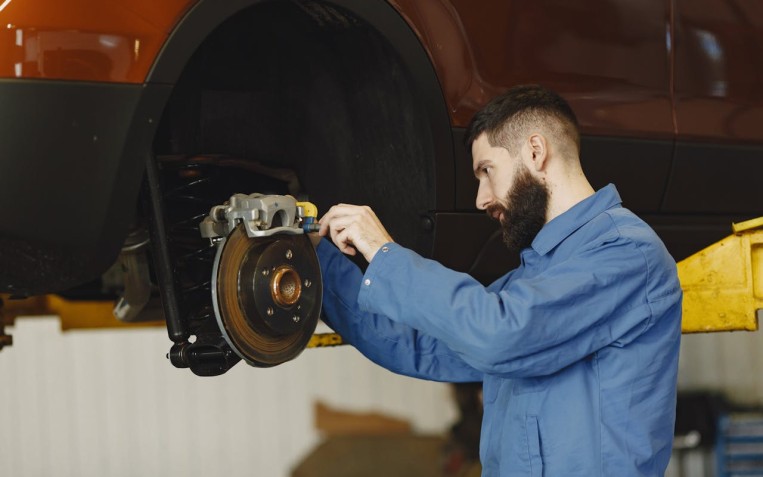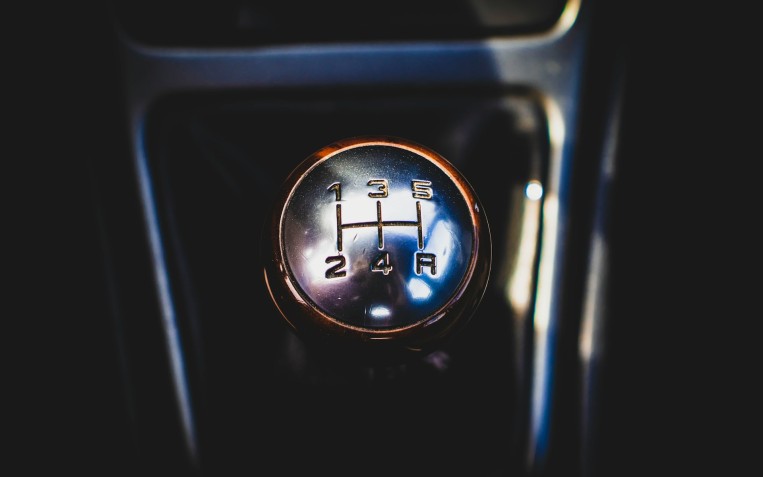How to check and top up your car's oil

Wondering how to check the oil level in your car? Or perhaps you need some help locating the dipstick? Understanding how to check your car's oil is an important part of motoring maintenance, as it ensures that you know what to do if your oil is running low. Read on to learn our top tips on both checking the engine oil itself, and how to add oil to your car when it needs topping up.
How to check oil level
1. Park up
Begin by ensuring your vehicle is parked on even, flat ground. This is because even a slight slope could give an inaccurate reading of the oil level.
Switch off your engine - and do not attempt to begin checking your oil level until at least 10 minutes after the engine is switched off, so your engine is cool.
2. Locate the dipstick
This is usually a brightly coloured plastic handle in your car's engine bay. Unsure where this is located? Look in your vehicle's manual for advice.
Once found, you can remove the dipstick and wipe any oil off using a piece of kitchen roll. You should then be able to see two notches on the dipstick - this will be the minimum and maximum oil levels.
3. Use the dipstick to measure the oil level
Replace the clean dipstick into its container, ensuring the dipstick is inserted as far as it can go. You can then pull the dipstick back out of the container, and you should be able to clearly see where the oil line is in comparison to the oil level notches.
If your oil level is:
- In between min. and max. notches - this means the oil level of your vehicle is acceptable.
- Below halfway between the min. and max. notches - this means it is recommended to add oil to your vehicle, but it's not essential.
- Close to/below min. notch - this means you need to immediately add car oil to your engine.
How to add oil to your car
Now you've learnt how to check your engine oil, it might be that your oil needs topping up. The first step is to identify which oil you need for your car. This is important as if you use the wrong car oil, this can cause serious damage to your engine. So, how do you know which oil to choose?
Types of engine oil
There are a number of different types of oil to choose from:
- Mineral oil - this is the cheapest option, but it's quite unlikely your car manufacturer will recommend this type - as mineral oil doesn't come with engine cleaning products
- Synthetic oil - this is the most expensive option as it provides numerous benefits, such as reducing fuel consumption and engine cleaning properties
- Semi-synthetic oil - this type of oil is a combination of both mineral oil and synthetic oil
If you're unsure which oil to use, check your vehicle manual for advice.
Topping up your engine oil
Once you've identified which engine oil you should use, follow these simple steps to top up your car oil:
- Locate the oil filler cap - this will be located in your engine bay; look for an outline of an oil can, or sometimes it can be a cap marked with the word 'oil'. Next, remove this cap.
- Add in the oil - using a funnel for precision, add in your engine oil. If the oil level on the dipstick was below the minimum notch, this means you should add in about 1L of oil to reach the maximum line.
- Wait 2 minutes - this is to allow the oil to run down into the bottom of the car's engine, and you can then recheck the oil level using the dipstick.
- Keep measuring until you reach the right level - pour a little oil in at a time, and keep measuring the oil level using the dipstick. By adding the oil in slowly, you can ensure you don't add in too much oil - as this can cause damage to your engine.
Now you've learnt how to check the oil level in your car, and how to add oil, ensure your car is regularly maintained through car servicing. Oil checks will be conducted during a car service - so ensure your vehicle is frequently serviced to avoid any issues. Locate your local branch to learn more.
Related Content

The difference between disc and drum brakes
The brakes are an essential component of your vehicle, preventing any potential collisions or accidents from occurring. Disc and drum brakes are two braking systems used in modern cars. However, there are noticeable differences between each braking s...

How to tell if your car needs a new clutch
Do you own a car with a manual gearbox? The clutch plays a vital role in starting and driving your vehicle, particularly when shifting gears. Identify...

How long do electric vehicle batteries last?
One concern that many people have when considering electric vehicles is ‘How long does the battery last?’. Replacing an EV battery can be...

